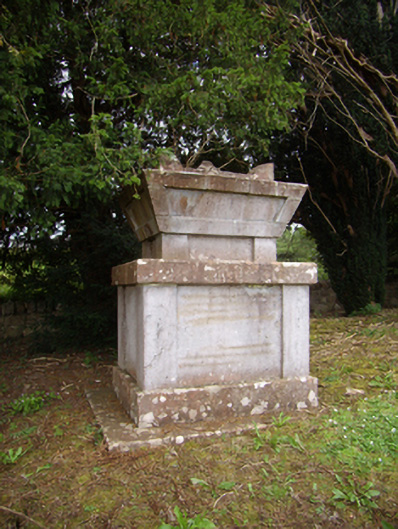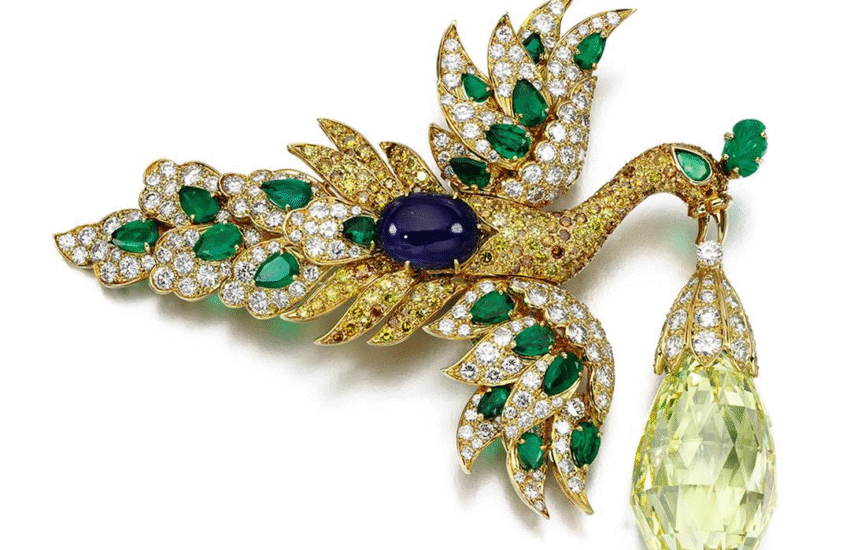Mourning jewellery: A heart in a locket
Lockets for lovers
Heart shaped lockets are well known, but how about a locket with an actual heart in? A mourning jewel made for a widower in 1821 took grief and romance to a new level. Jewellery can be a very personal and meaningful way to mark a loss and wearing a mourning jewel can be a comfort, a daily reminder of the lost friend or family member.
Lockets are the perfect vehicle for memorial jewellery – hair, pictures, dried flowers are all commonplace, but some grieving lovers have taken it a step further… The heart locket worn by Denis Bowes Daly is a very odd piece of mourning jewellery.
Sometimes this natural urge takes a strange turn. A newspaper account in the Monmouthshire Merlin from 1832 offers a disturbing image of grief which took a very unusual form.
A short but happy marriage?
The Galway politician Denis Bowes Daly was born in 1745 to the magnificently named Hyacynth Daly and his cousin Rose. He was married to the eighteen year old Mary Charlotte Ponsonby on 10 July, 1780. Despite the 17 year age difference, Denis at least, seems to have been deeply attached. Sadly Charlotte died, only a year after their marriage. According to the newspaper report, Denis refused to leave his house for the following year.
Eventually, Denis emerged from his seclusion. He built a magnificent neo-classical mausoleum in the Crosbaun burial ground in the Dalystown estate, recorded on Ireland’s National Inventory of Architectural Heritage. Denis resumed his political career as a member of the Irish Whig Club and became a strong supporter of Catholic relief. He was a noticeable supporter of the Ponsonby political faction, a sign of his continued loyalty to his late wife’s family.
An empty tomb
On the surface, Denis had a conventional and successful life. But, if we believe the newspaper account from 1832, the mausoleum he built for his wife was actually empty. Perhaps the most gruesome detail was that Daly kept her mummified body in a closet to visit.
Even more surprisingly, Denis wasn’t the only person to do this. Another newspaper article from 1865 seems even worse. In this case, the undertaker husband kept his wife as a demonstration of his professional skills, a sort of alternative to Madame Tussaud’s. At least Denis was motivated by love rather than commercial interest.

A heart locket
Like many fond lovers or husbands, he also wore a sentimental locket. Men in the 19th century often wore lockets on chains or ribbons under their shirts. Alternatively, a locket could hang from the watch-chain and was tucked into a waistcoat pocket. However, unlike conventional lockets, Daly kept something very strange in his. Again according to the newspaper, Daly’s locket was filled with the ashes of Mary Charlotte’s heart, hidden under his clothing but a constant companion.
Had Denis had the heart removed prior to the pretended burial? How did he manage it? Did he rob the tomb or bribe the undertakers? Denis wasn’t alone in wanting to keep a physical part of his much loved wife close at hand. Mary Shelley, the author of Frankenstein, kept the heart of her husband Percy Bysshe Shelley, after his premature death. In her case, she kept it wrapped in silk and took it about with her. There’s an interesting account of it here.
The story of Denis Bowes Daly shows a gruesome, but perhaps understable, need to keep part of his lost wife close to him. Without photography, social media, videos, how else could he remember her?
Other strange jewels
There are lots of examples of odd things kept in lockets. For a story about birth and good luck, read here about the caul locket of John Monson.


